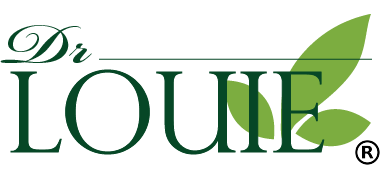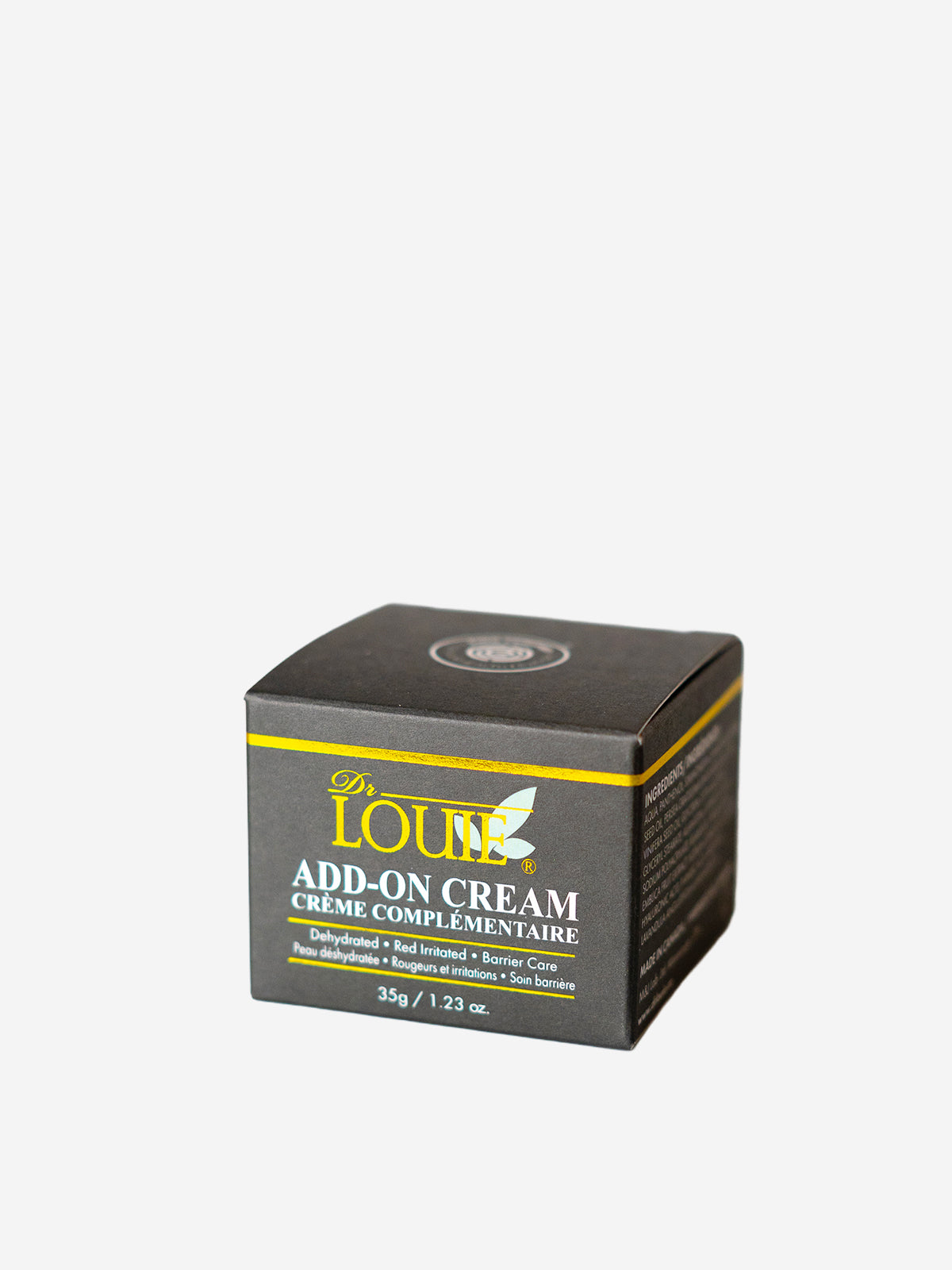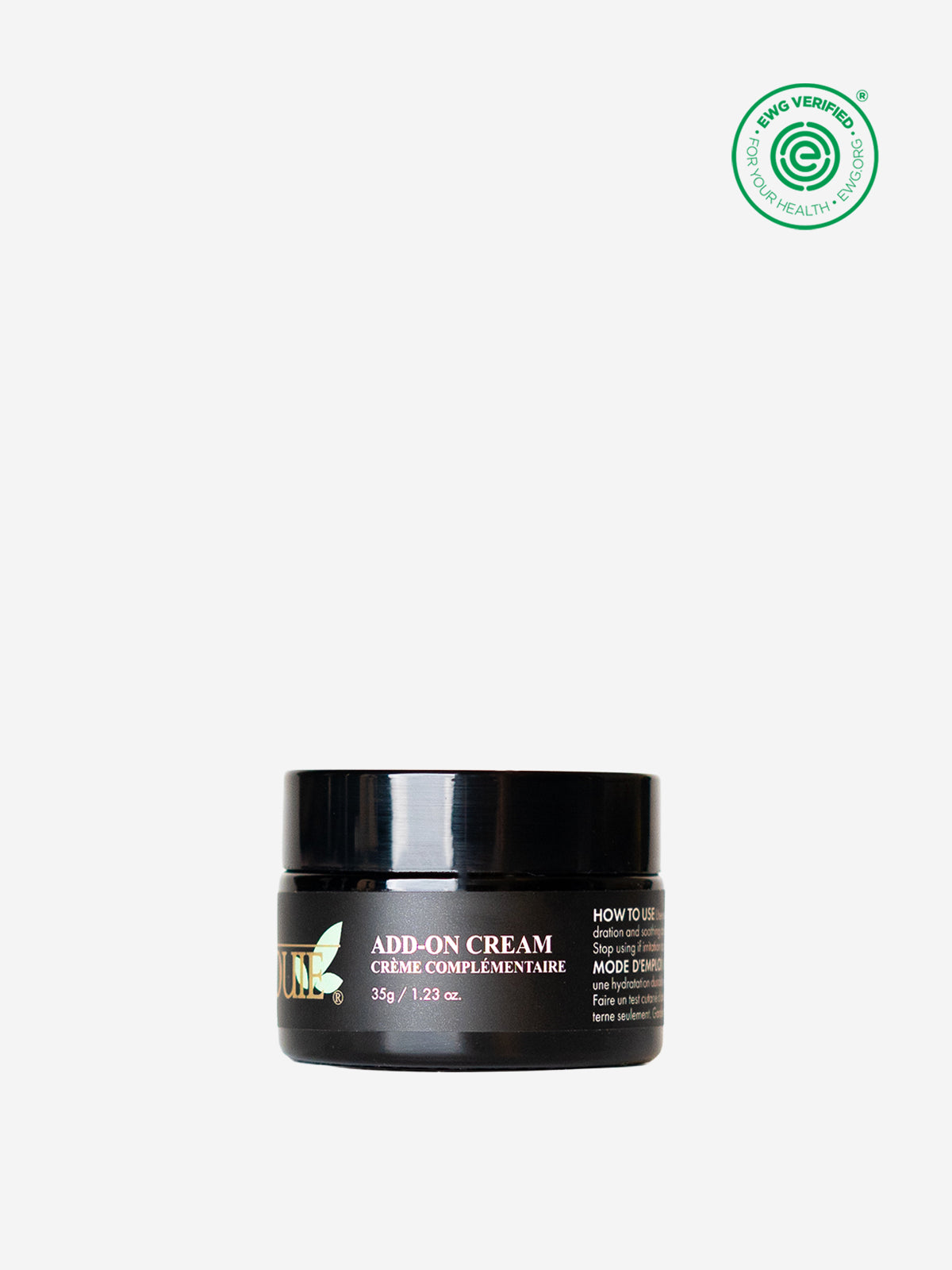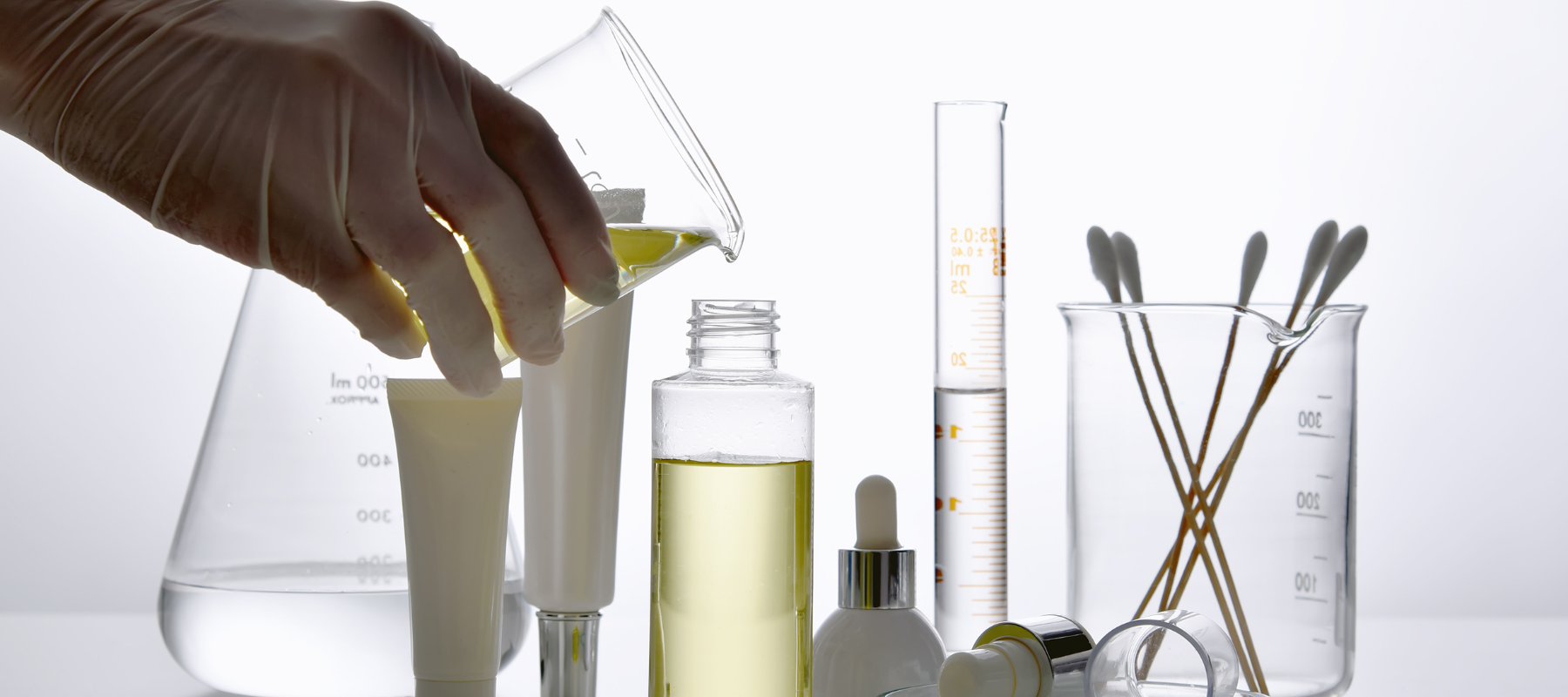
Skin full of bacteria sounds unhealthy, right? Think again!
What does this mean?
Our stomach houses a community of microorganisms, some of which are good for us and some of which are bad for our health. This applies to our skin as well: This community of microorganisms is called skin microbiome. We acquire these bacteria when we are born, and they are defined by genetics, lifestyle and diet, and the environment we live in. They are even defined by factors, such as whether we live with a pet or not.
What’s interesting about this microbiome is that this community is unique to you, and depending on whether a certain body part is oily, hairy or dry, the type of bacteria that live in that part of the body differs. For example, the bacteria that live on the face and legs are different because our faces tend to be oilier than our legs, allowing acne bacteria to thrive better on our faces.
What exactly do these microbes do?
In general, microbes protect our body. Given that the skin is the largest organ and is on the outermost layer of our body, the skin microbiome is the “first line of defense” against harmful bacteria and pathogens that cause inflammation and infection. It protects our skin and helps with the production of an acid mantle on our skin, a slightly acidic outermost layer of our skin that acts as a barrier against environmental contaminants and bacteria. It communicates with our immune system and teaches it to distinguish between bad and good bacteria. And it also produces nutrients that our skin needs to stay healthy and radiant.
Microbiologists say that there are two types of bacteria that live on our skin: bad ones, known as pathogenic bacteria, that negatively impact our skin, and good ones, known as commensal bacteria, that protect our skin. These two types of bacteria need to be balanced for our skin barrier to function well and protect our skin and our body. Think of our skin microbiome as soil that creates a healthy habitat for these bacteria. And we need to take care of it properly so that these bacteria will coexist in a balanced manner.
So then, what happens if the balance between these two types of bacteria is broken and the pathogenic bacteria rule the kingdom of skin microbiome?
Depending on the type of pathogenic bacteria that thrive, our skin is likely to become drier and more sensitive. And given that these pathogenic bacteria are also linked to acne and eczema, our skin is likely to suffer from these skin diseases. And our skin will become more irritable and more prone to breakouts. All opposite of a healthy-looking skin.
This imbalance can be caused by a number of factors, such as genetic predisposition, age, lifestyle and such. But the scientists argue that the health of our gut microbiome affects the health of our skin microbiome: This relationship is known as the gut-skin axis. According to research, bad nutrients absorbed by the stomach can stipulate hormonal releases that affect the health of the skin. For example, consumption of high-glycemic and sugary foods can trigger breakouts and acne and can age your skin!
Another factor that causes skin microbiome imbalance is the excessive use of antimicrobial products, such as harsh soaps. (Click here to read about the right way to cleanse.) That is because antimicrobial and anti-bacterial skin care products can destroy not only bad bacteria but also good bacteria that protect us.
Taking too many antibiotics can also cause an imbalance in the gut microbiome, negatively impacting skin microbiome as well. That is because antibiotics, just like antimicrobial and antibacterial skin care products, kill off both good and bad bacteria in our guts.
So the key point is not to eliminate all bad bacteria, but ensure that the balance between good and bad bacteria is maintained.
There are a number of ways to do so.
- An improvement in diet and continued use of probiotics, which help balance the gut microbiome, is said to improve acne-prone skins and rosacea. Eating high-fiber foods that are full of prebiotics, such as soybeans, garlic and oats, is the first step. And it is important to consume lots of probiotic-rich foods, such as yogurt, kefir, Kimchi and other fermented foods. If you are not consuming enough of these bacteria, you can always resort to supplements. Experts generally recommend a dosage of between 1 billion CFU to 100 billion CFU daily depending on your health conditions. When taking supplements, it is also important to look for lactobacillus acidophilus, Lactobacillus plantarum, and Bifidobacterium longum cultures, which could lower inflammation in our body that cause acne.
- Reach for a mild, pH-balanced cleanser with a pH level of around 5.0 - 5.5, such as our Mild Face Cleanser, for your body and face. This will ensure that the skin’s natural moisture barrier is kept intact and the microbial balance is maintained.
- As mentioned earlier, antibiotics kill off both good and bad bacteria. So we need to be careful about these antibiotics and look for suitable alternatives if possible.
- Look for skin care products that help balance skin microbiomes. Ingredients such as jojoba oil helps maintain skin microbiome balance by boosting the growth of good bacteria. And because jojoba oil has a similar chemical structure as our own sebum, it helps control production of excessive sebum. And it does not clog pores and moisturizes for a more luminous and radiant skin.
These are some of the ways we can try to balance our skin and gut microbiomes. A healthy-looking skin does not come from putting on good products only. Our overall health directly affects our skin. And keeping a good balance of these microbiomes will definitely pay off.
If you have any questions or comments about the blog content or about DrLOUIE products, please contact Cassidy Kim.




